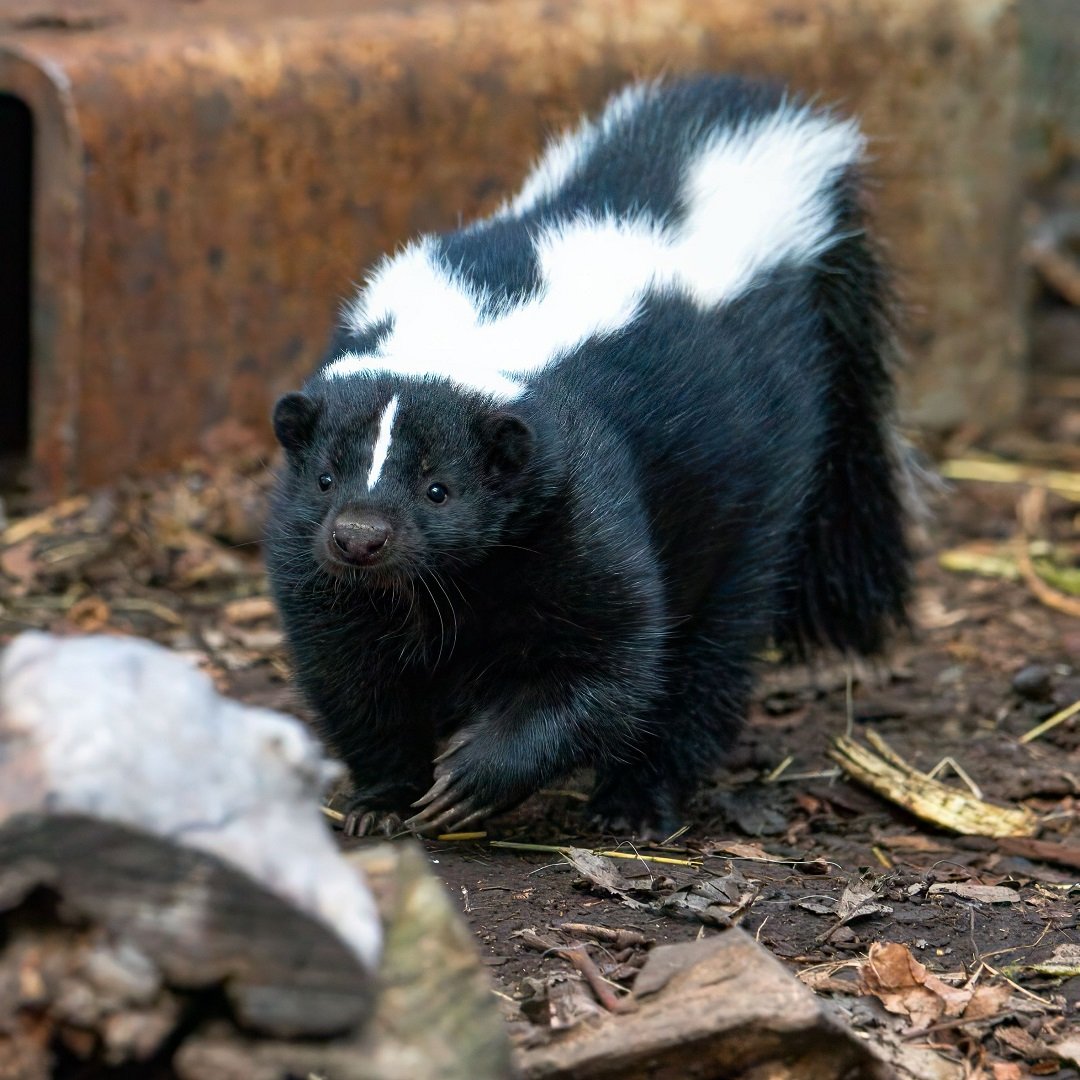
Wildlife Rehabilitation Resources
What is wildlife rehabilitation?
It is about so much more than just rescuing wild animals who are hurt, ill, orphaned or otherwise distressed. The core principle of wildlife rehabilitation is the same as this TV series - how to keep these animals wild animals while giving them the help they need to heal, grow, and, hopefully, return to the freedom of their natural habitat. In other words, staying wild. It is an incredibly delicate balance because as these humans feed, treat and care for these creatures, both are likely to bond with each other. While the humans can learn how to deal with this process, often the animals cannot and this can jeopardize their return to their wild lives and ultimate survival. It takes a lot of special knowledge, skill and mindset for the humans involved to maintain this balance for the animals’ sake, as well as keeping themselves and other humans safe.
It should also be noted, that wildlife rehabilitation often concerns the health of more than the animals themselves and extends to the health of their natural habitats. Preserving natural spaces, especially as urban development encroaches upon places where animals have made their homes, is critical to the long term health and survival of species that find themselves helped by organizations like LSWR.
The special training of wildlife rehabilitators
People who work in wildlife rehabilitation have been trained and certified to work with wild animals so that human and creature health and wild habitat is protected as much as possible. Many start as volunteers and summer students (this is actually critical to how LSWR operates). Those who train with this field in mind can often find courses and workshops run by professional organizations like the International Wildlife Rehabilitation Council which offers in-person and online classes throughout North America. There are also many post-secondary courses and degrees that are relevant to this field including those in ecology, biology, conservation, environmental studies, zoology and more. In most jurisdictions in North America, additional certification is required before you can be considered a professional wildlife rehabilitator.
Leave it to the professionals
For all these reasons and more, it is best for those in the general public to not take on the risk of rescuing wildlife themselves. This is for the safety of both the humans and the animals. You should not attempt to feed or interact with any wild animal and if you suspect they are in distress, please reach out to your local wildlife rehabilitation organization.
However, to be a true friend to the wild animals around you, you can always take action to help preserve the natural habitats near where you live.











